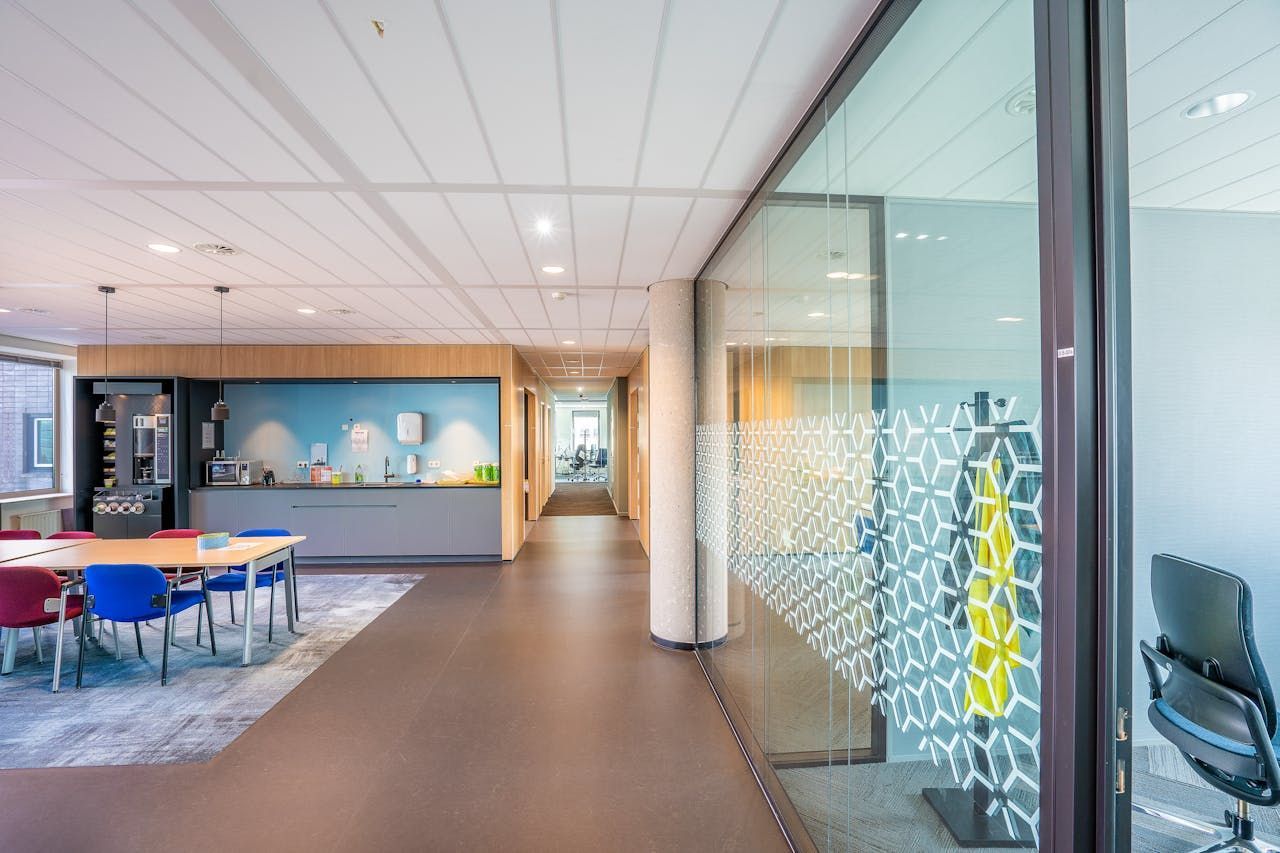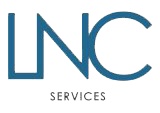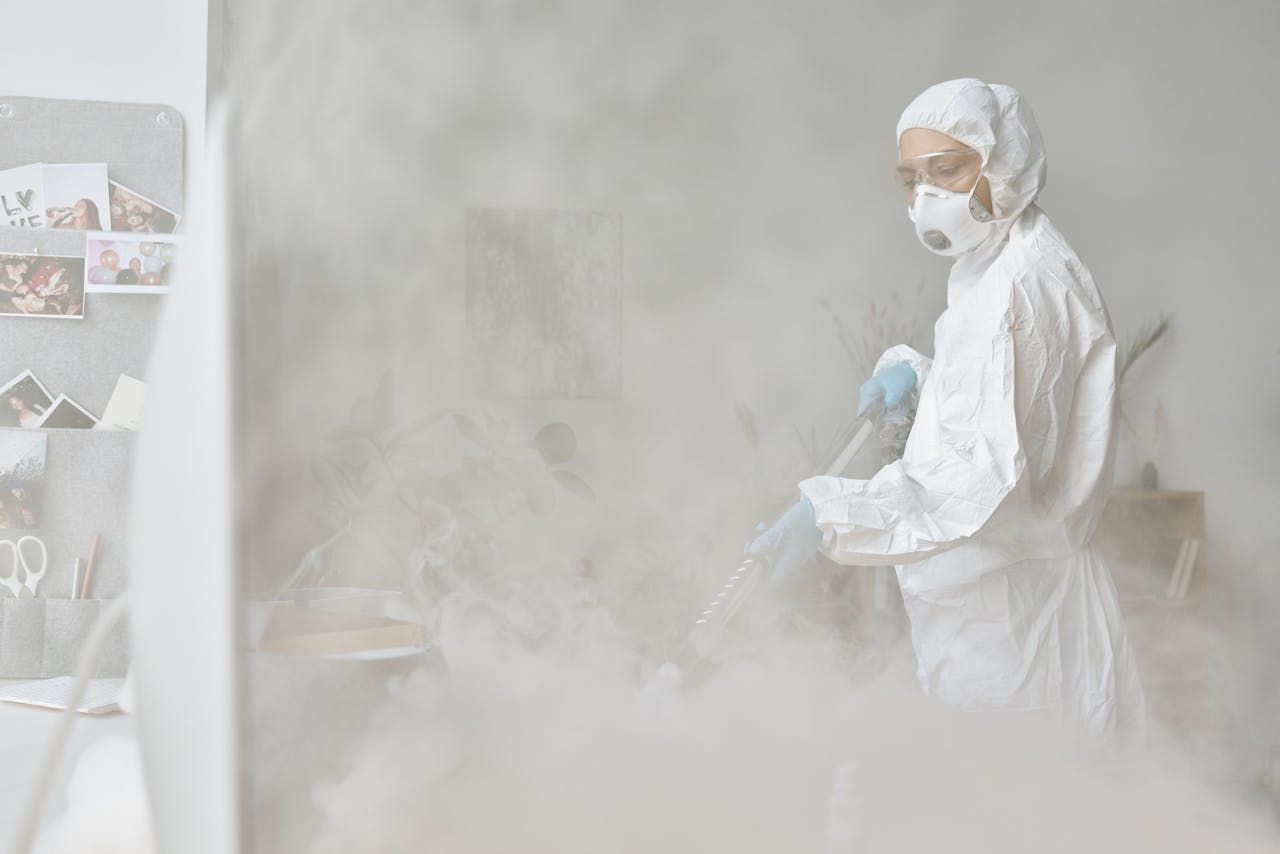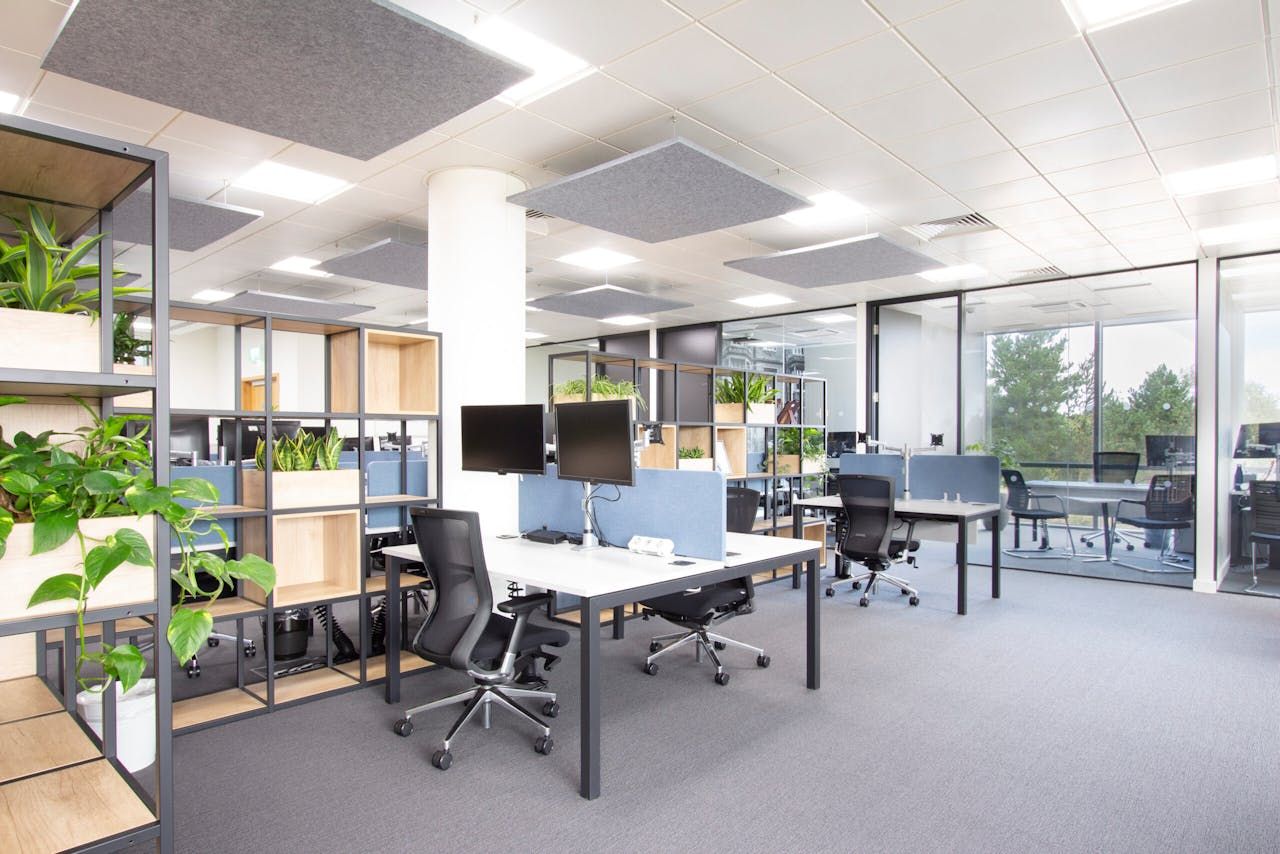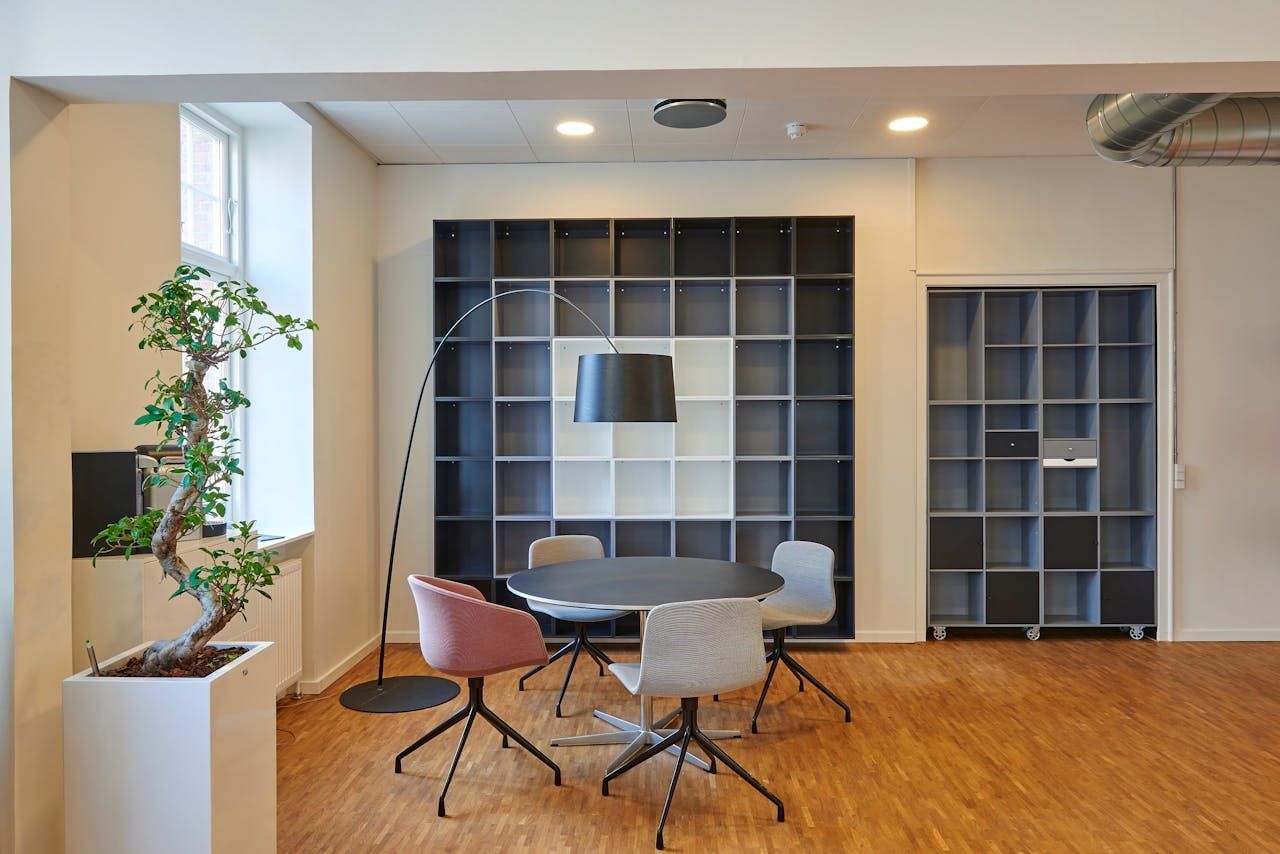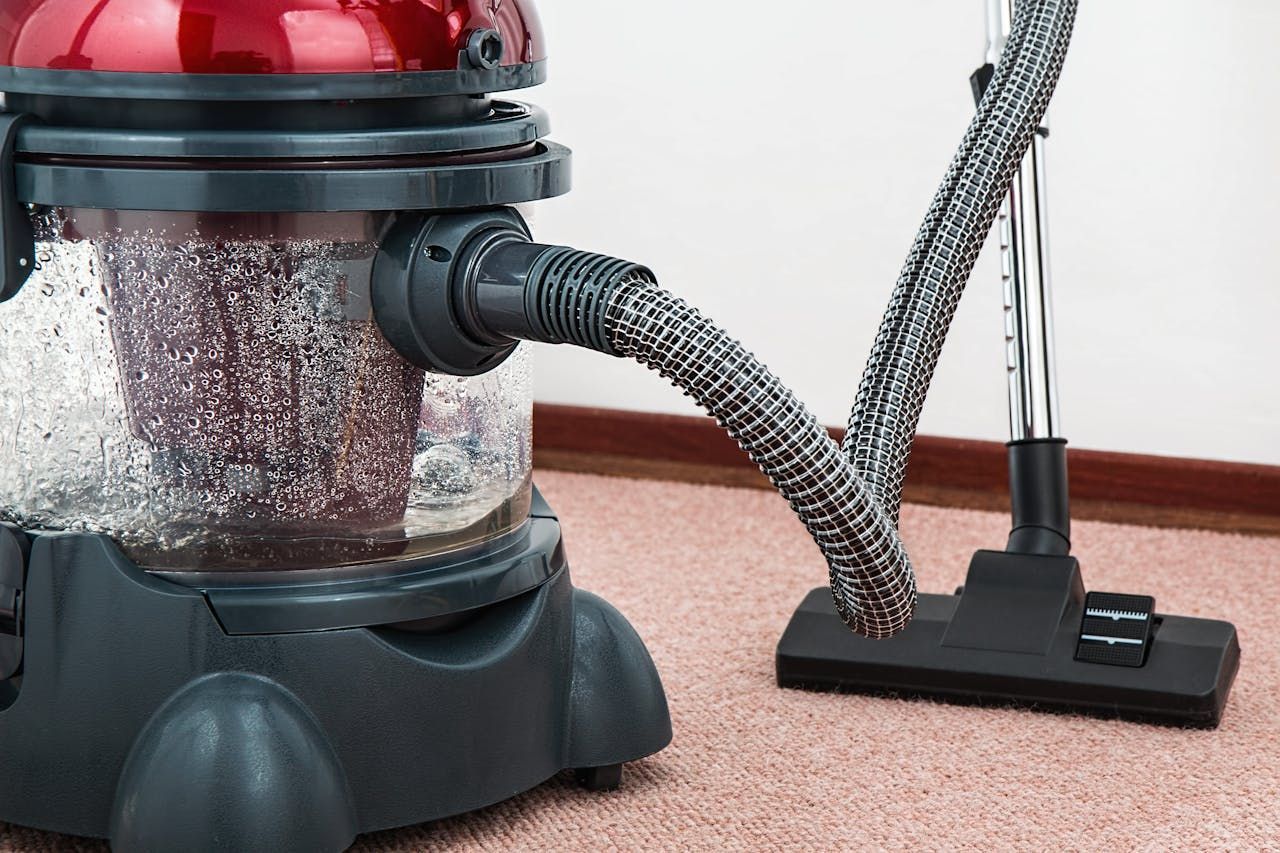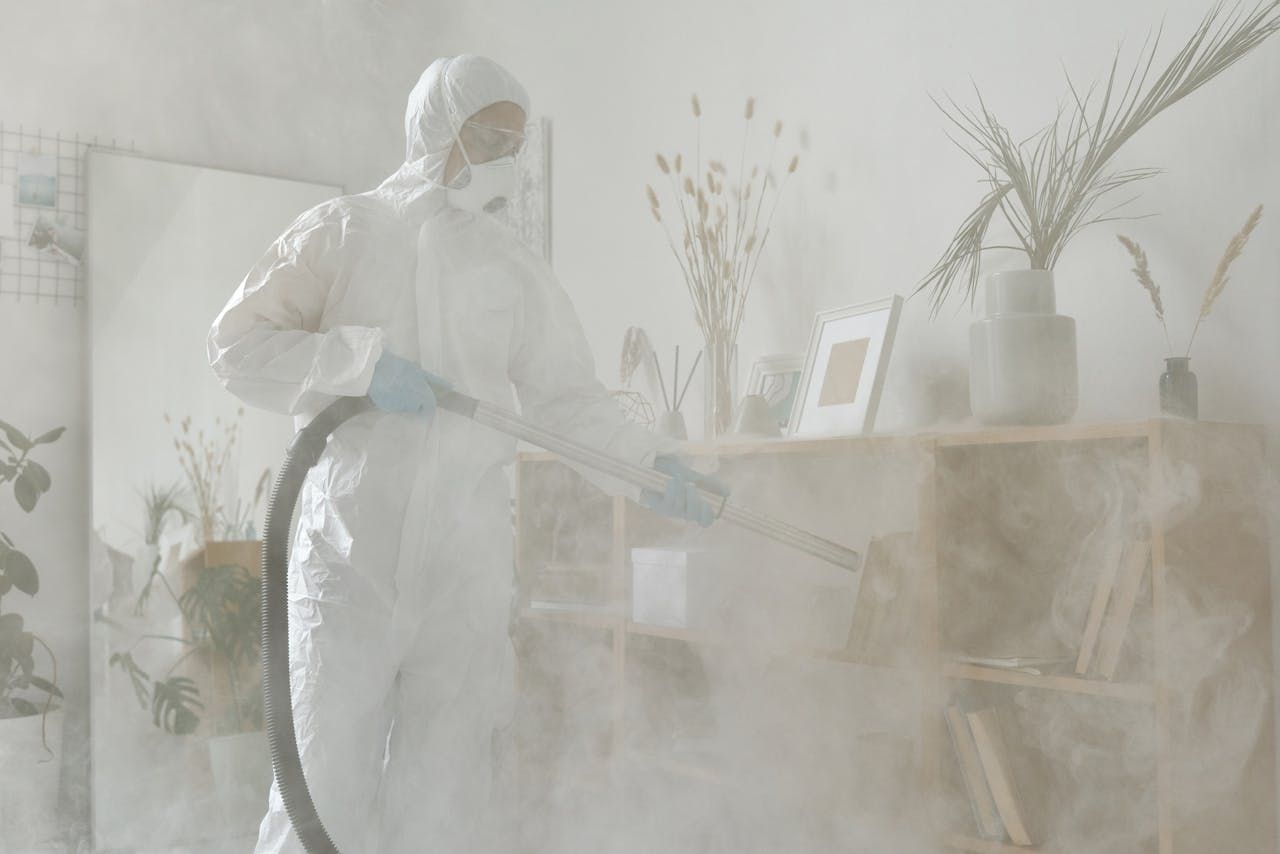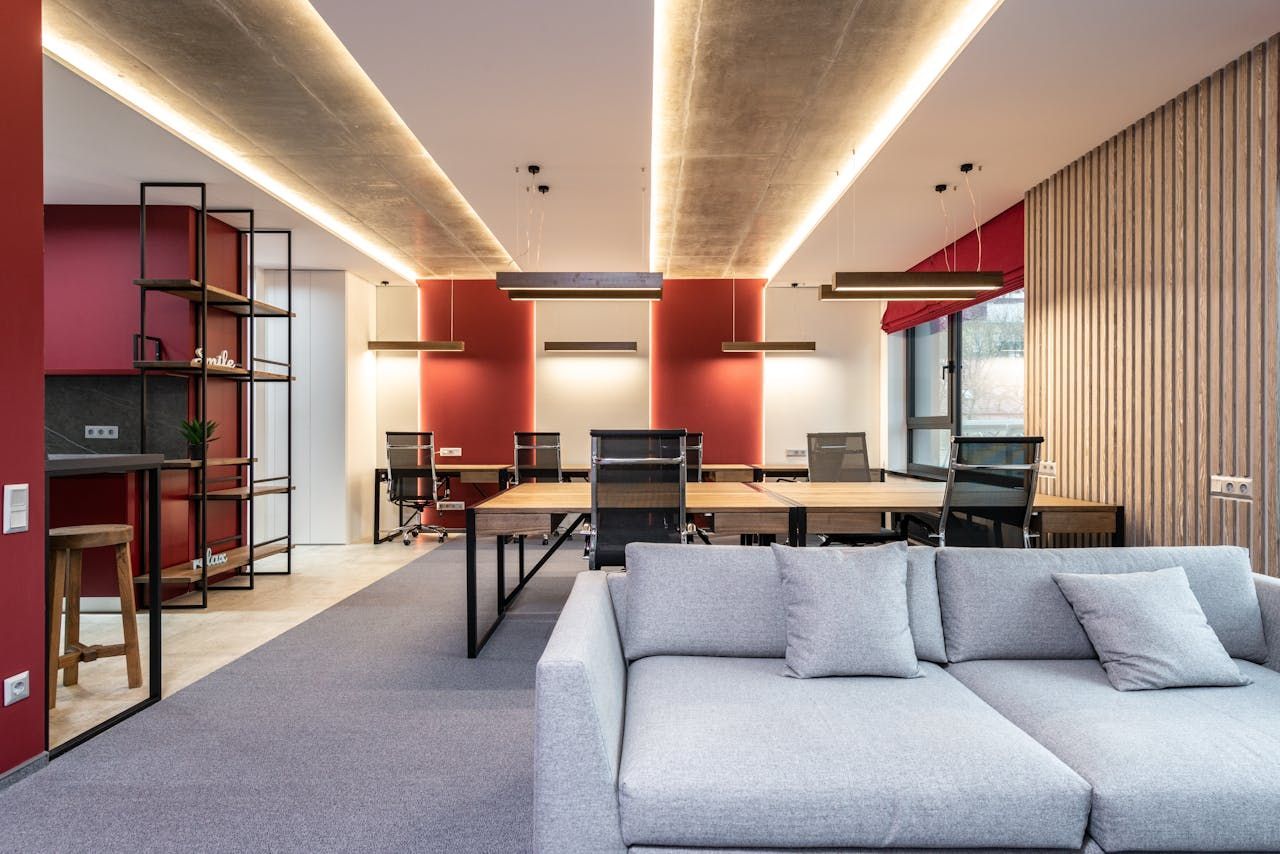Health and Safety in the Office: Essential Tips for Office Managers
In the intricate role of office manager, the duty of controlling many health and safety aspects will fall on you. The gravity of this role sits squarely on your shoulders, made all the more intense by the statistics that show between 2022 and 2023, there were over 500,000 workplace injuries in the UK.
This can be a heavy load to carry. This is why we’ve come up with some tips to help you keep on top of office health and safety.
Why Health And Safety Matters
Health and safety is about more than just ticking compliance boxes and hoping for the best. It’s about ensuring people in your office environment are safe - employees, visitors, contractors, everyone. Your health and safety rules and regulations are essential to care for the well-being of every individual who walks through your office.
The importance of health and safety goes beyond avoiding obvious hazards like large steps and exposed wires. In your office, you’re responsible for creating awareness around the subtler dangers that anyone can encounter or even create while in a workspace.
But it’s more than just a nice thing you can do for your workers. Health and safety compliance is a legal requirement established with the Health and Safety at Work Act 1974.
How Proper Health and Safety Can Boost A Business
Your business can benefit from bearing health and safety in mind, and not just because you legally have to.
Safer Place To Work - Obviously people expect to work in a safe environment, but you’d be surprised how many bad practices we’ve seen. A safe workplace makes people feel cared about - and really, it’s a bare minimum expectation! Having a safe environment to work in shouldn't be a luxury; it's essential. Show your commitment to your team’s well-being.
More Productive
- An office with good health and safety practices often means a well-organised workspace (more on that later). This makes working easier, with fewer obstacles to a stress-free day. And don’t forget, less risk of accident or incident = less time off work! A clutter-free, hazard-free environment will let your team do what they do best without worry or danger.
Better Reputation - The fallout from industrial accidents can go way beyond the initial aftermath - they can follow you and your company for a long time afterwards. Accidents big and small are terrible for your reputation. And even if an accident stays out of the local press, other people talk, and it can affect recruitment and staff retention.
Fewer Overheads - Investing in health and safety measures is an excellent way to reduce overall costs. With proper health and safety practices in place, insurance can be cheaper, employee productivity is higher, and equipment is protected. And that’s not even counting the admin time needed to review and update policies after an accident.
Essential Tips For Managing Health And Safety In An Office Environment
Here are some practical steps you can take to put your health and safety into practice around the office.
Fire Safety
- Firefighting equipment like extinguishers, fire blankets, alarms, and sprinklers need regular maintenance. Set reminders so you don’t miss them, as they will all need an annual check, plus an extended service done every 5 years. Your CO2 extinguishers are ‘overhauled’ every 10 years, too,
- Have regular fire drills - if you have staff on flexible working or rotas, have drills on different days so everyone gets included.
- Review evacuation plans - make sure they’re always up to date. With new buildings and changes to old ones occurring a lot, you may need to change meeting points, and you don’t want confusion and chaos in the event of a fire. Especially if, for example, the previous meeting point is now a drive-through coffee shop, and you have staff unsure where to go next!

Electrical Safety
- Just like with firefighting and suppressing equipment, all electrical equipment must be checked annually with a PAT test. Set a reminder and make a provision because it can be a little disruptive to do this testing, so the further ahead you can plan, the better.
- Don’t overload sockets. Avoid daisy-chaining extension leads or plugging too many high-draw appliances into one socket.
Moving Around The Office
- Trips are a major risk, and a cluttered, disorganised and untidy office is more likely to cause an accident. Stay on top of tidying and cleaning - if you can’t, hire a team to manage it for you.
- Wire and cable management is essential to avoid trips and falls. Plan your office layout around sockets, and invest in cable solutions. Or go wireless where you can.
Display Screen Equipment Safety
- Some people are naturally messy, and their desks can create a hazard for the correct use of equipment. Have a clear desk policy.
- Check in with how people are doing - support them with ergonomic tools like wrist rests, height adjustable monitors and footrests.
Wellbeing
- Workplaces can be intense places at times, and a person’s mental safety is as important as physical. Use open communication - make sure your team feel able to speak to someone without fear of judgement
- Promote a healthy work/life balance - encourage your team to switch off emails on downtime and step away from work.
- Recognition - recognising hard work does a lot for morale and retention. [link to morale blog]
Health & Safety Starts From The Ground Up
You’ll know all of the big things from your health & safety training, but hopefully, these practical tips will help make implementation easier. If you want to ensure your workspace is consistently clean and safety tested, get in touch with our regulation-conscious cleaning experts at LNC to request a quote today.
